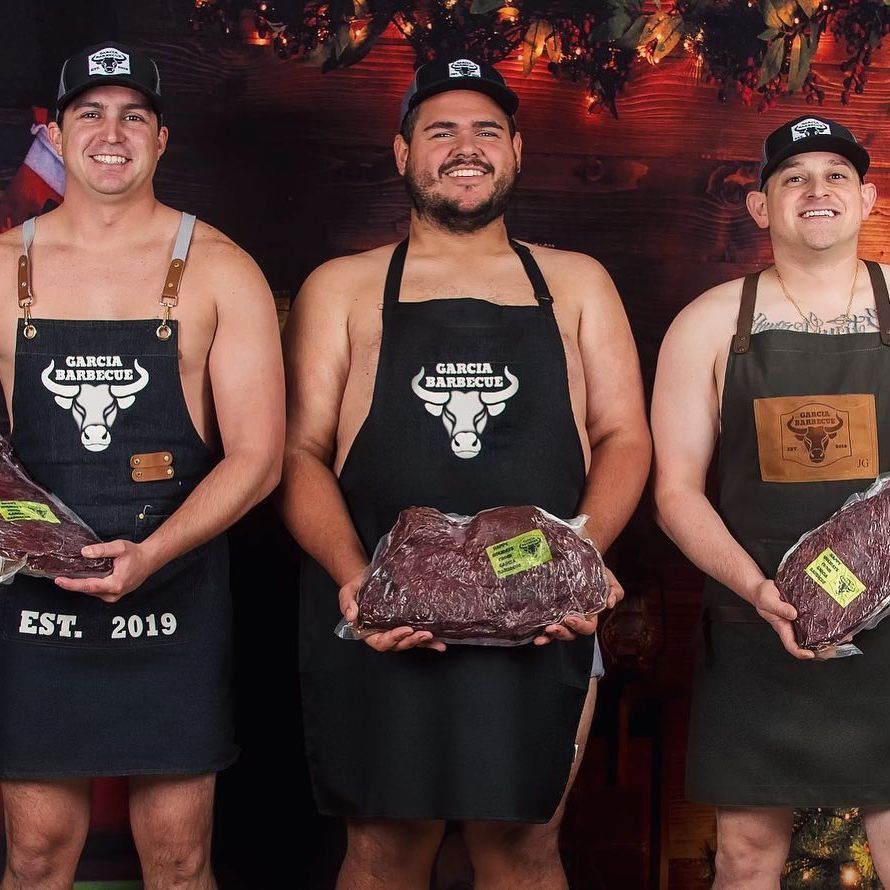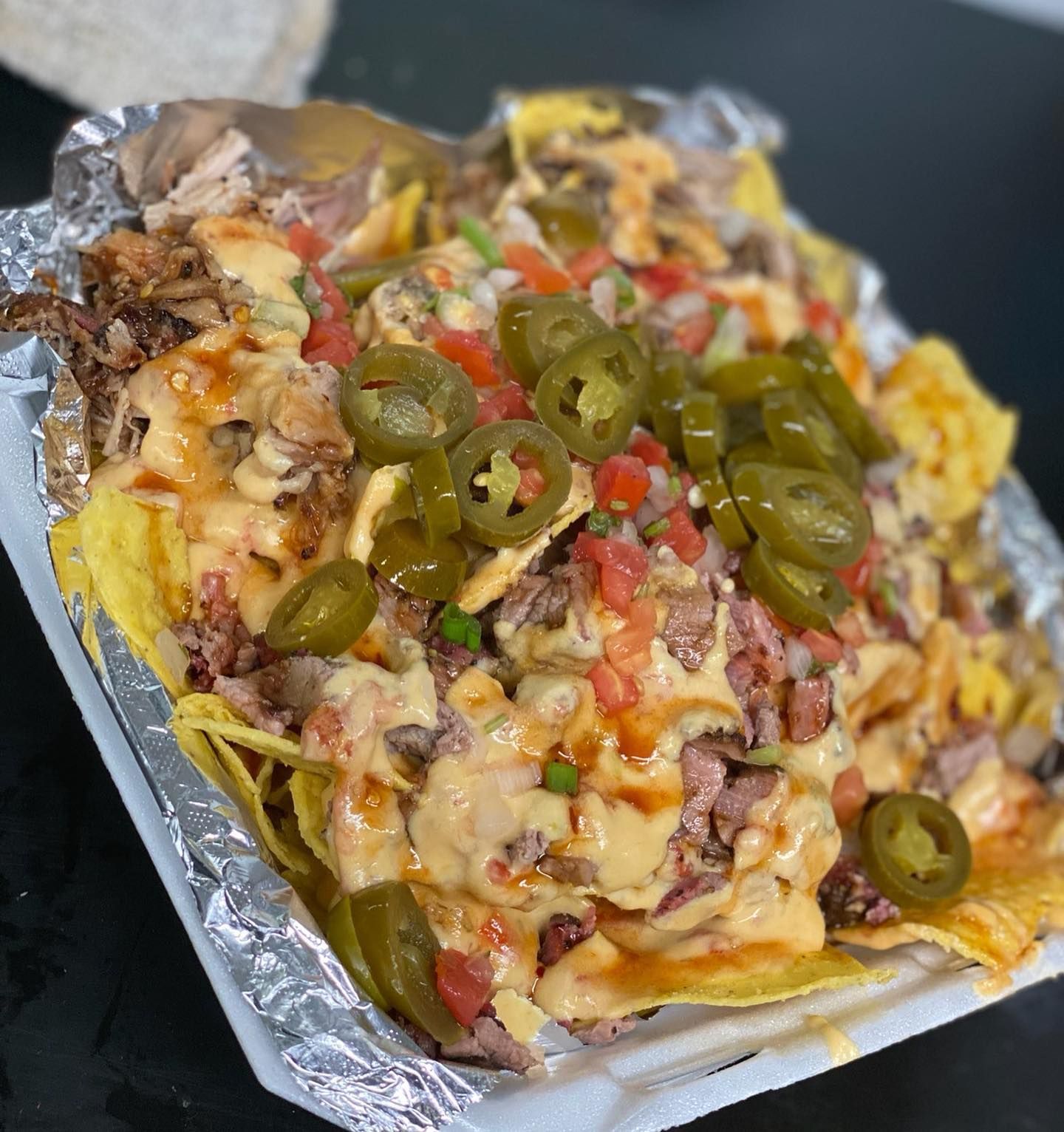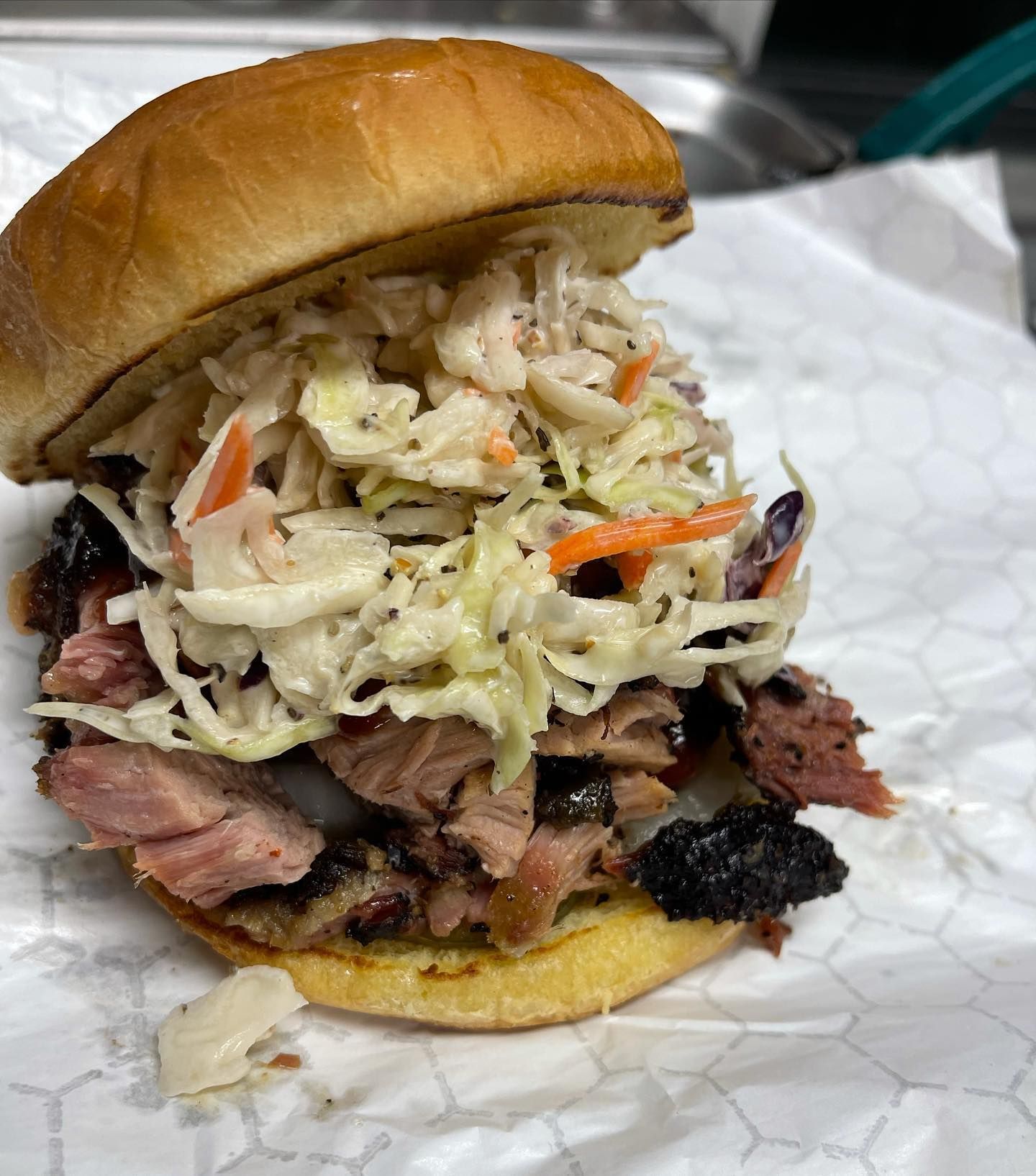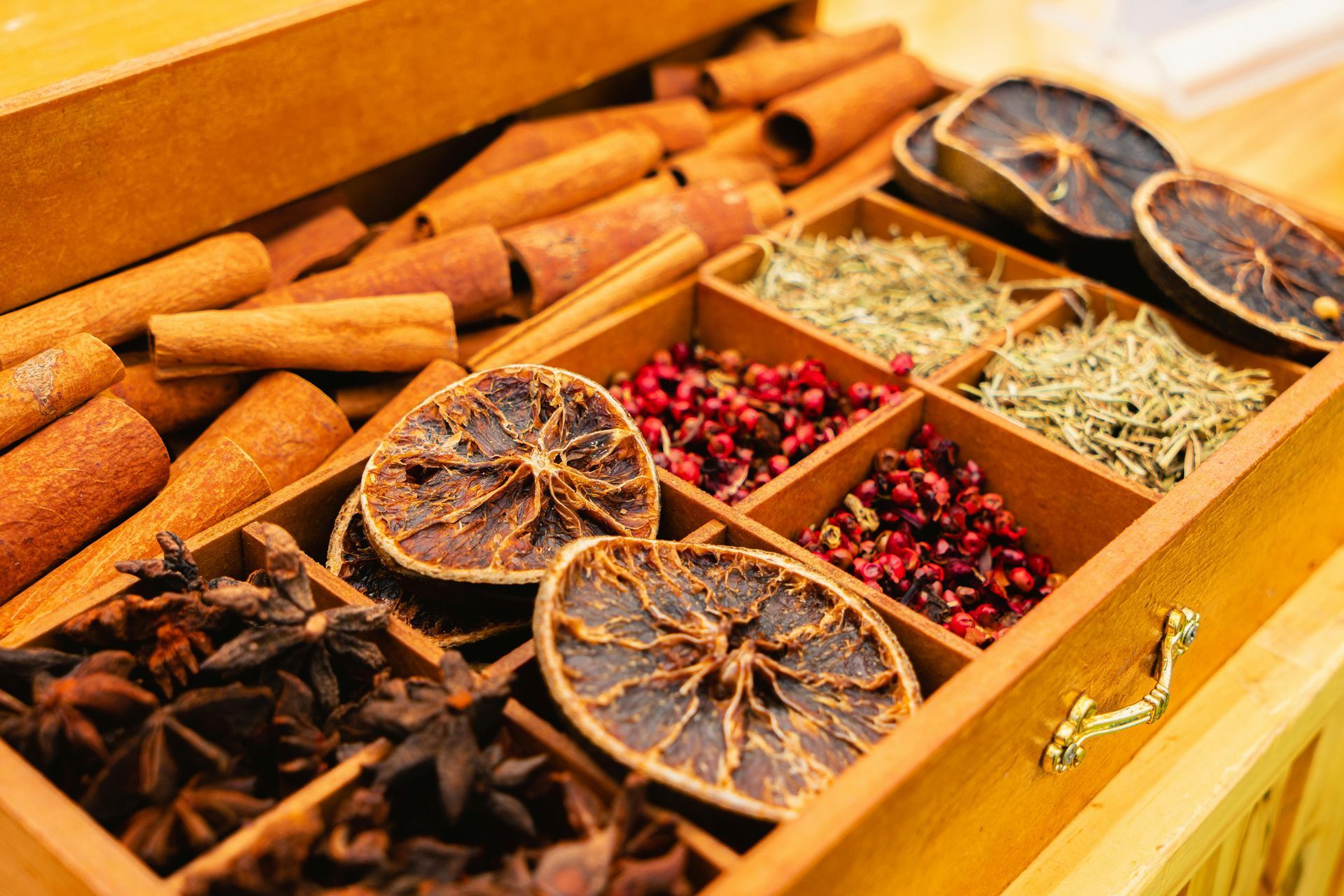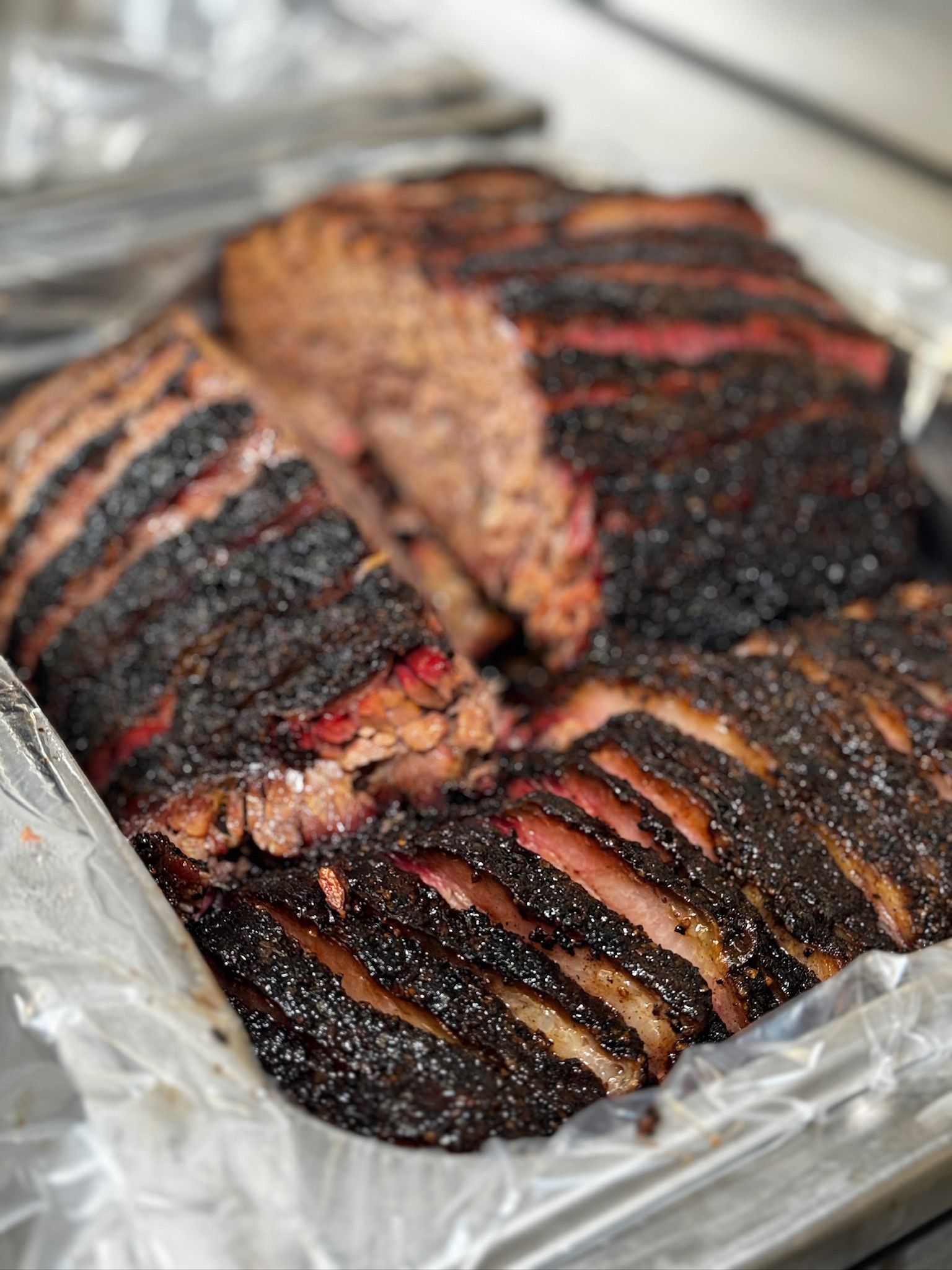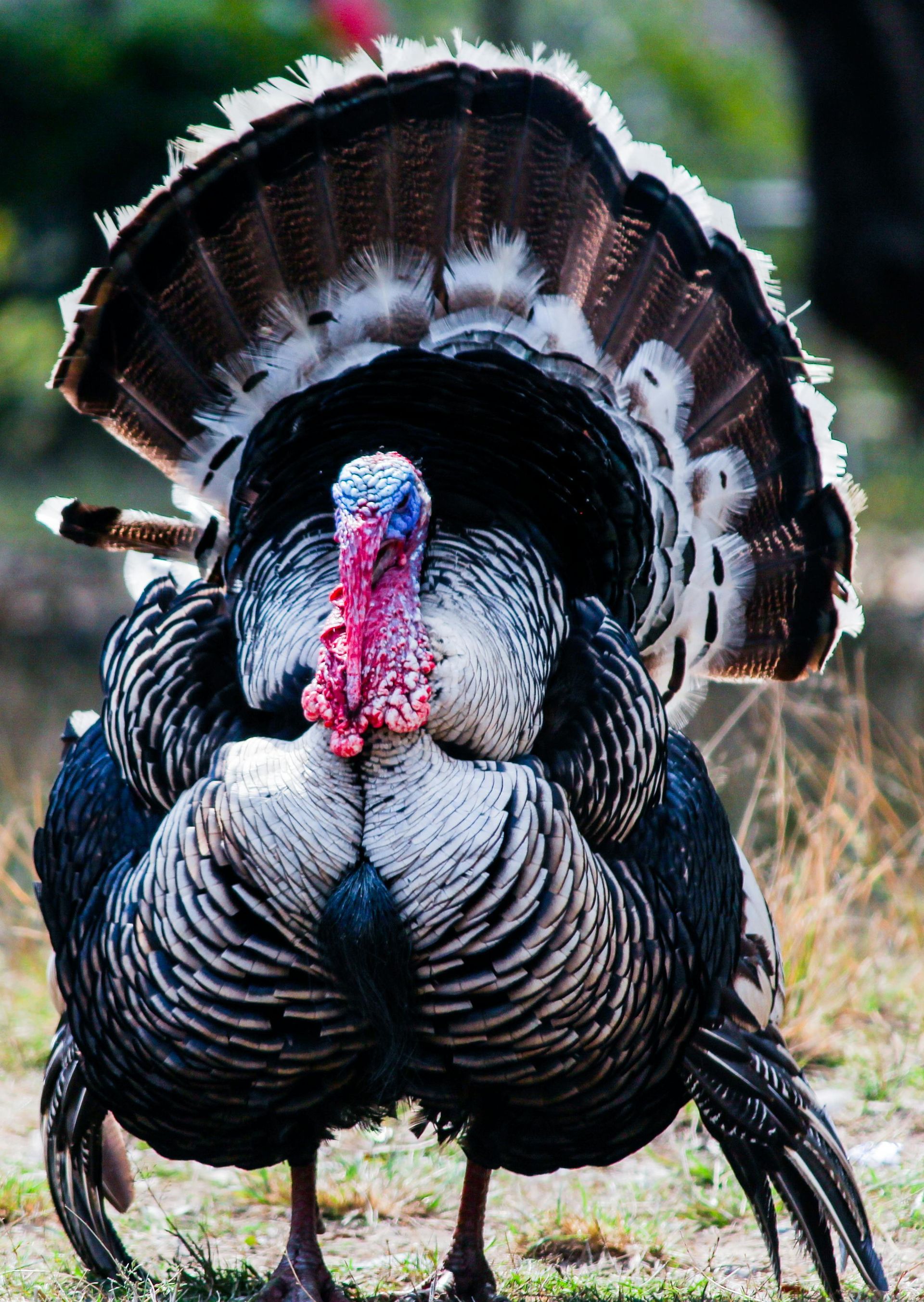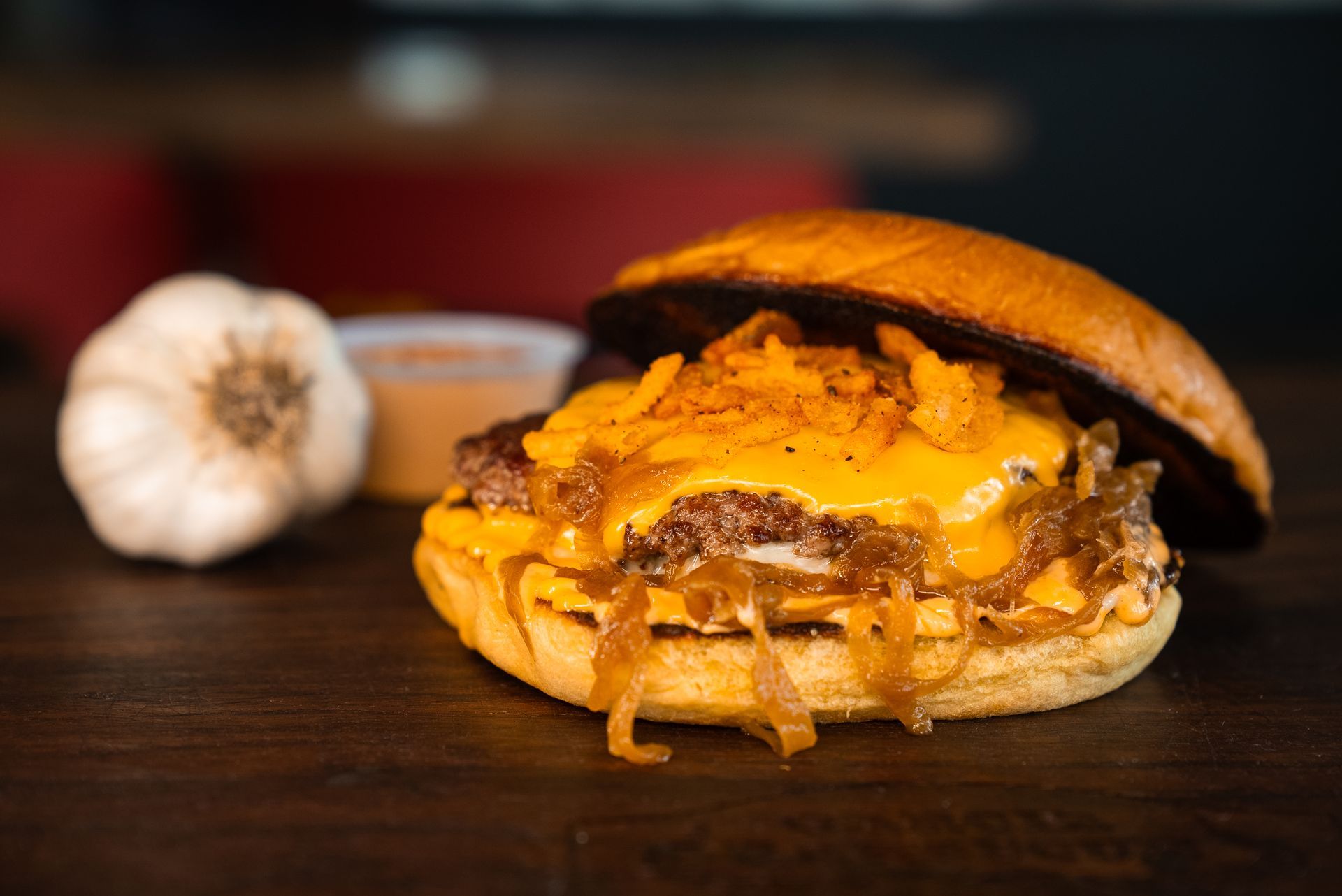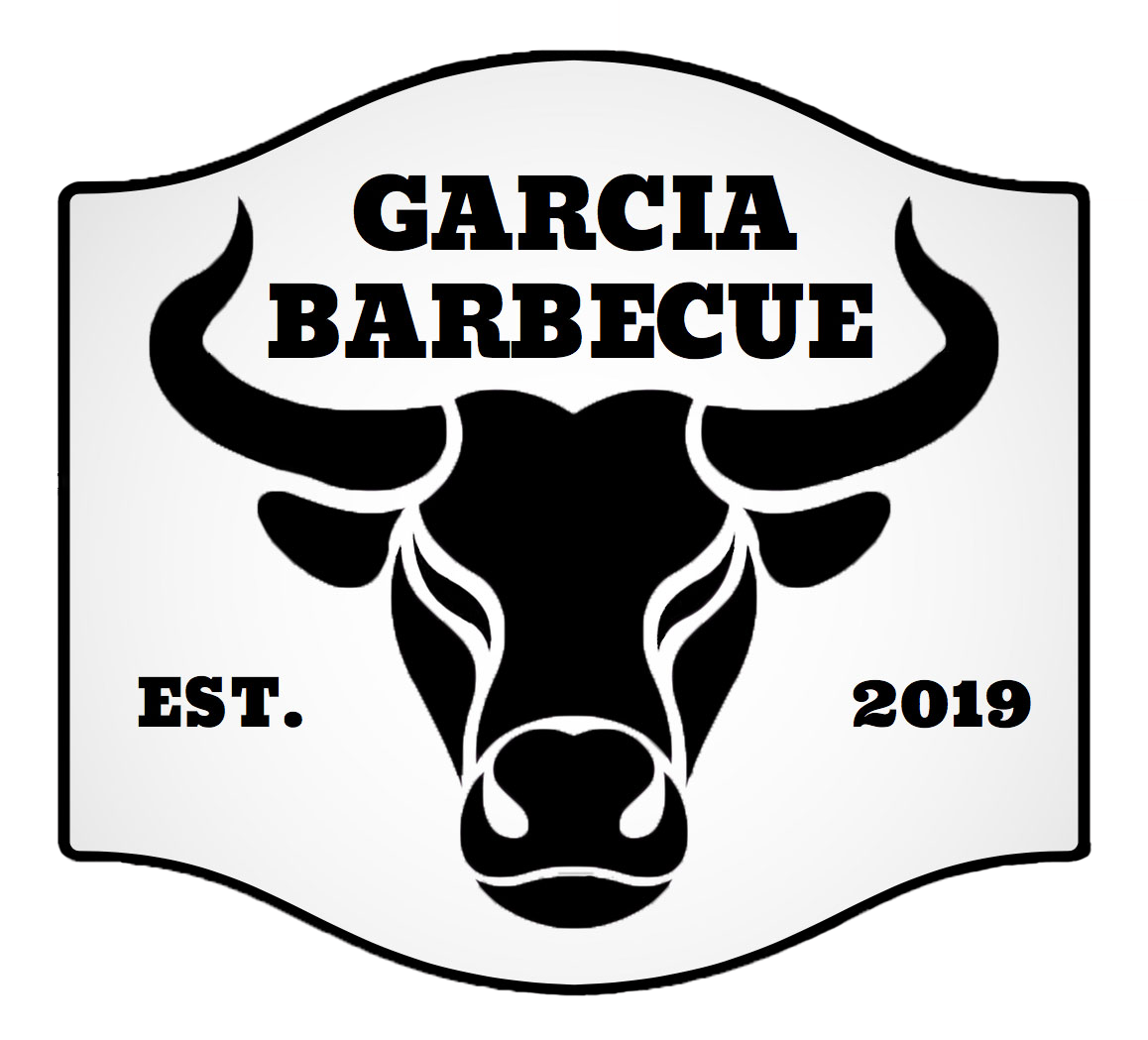The Importance of Wood Quality in Texas Barbecue: Garcia Barbecue’s Approach
When people think of Texas barbecue, they often focus on the meat—whether it’s brisket, ribs, or sausage—but at Garcia Barbecue, we know that the wood is just as important. Wood isn’t just the fuel that keeps the fire going; it’s an essential ingredient that imparts the rich, smoky flavors that define authentic Texas barbecue. The quality of the wood you use can make or break a barbecue session. That’s why we pay close attention to every aspect of the wood we use, from sourcing to how we burn it, to ensure that each piece of meat we cook absorbs the perfect amount of smoke and flavor.
In this blog, we’ll explore the critical role that wood quality plays in barbecue, why it matters so much, and how we choose and use wood to create the mouthwatering smoked meats that Garcia Barbecue is known for. Whether you’re a barbecue aficionado or someone just curious about how pitmasters create that perfect smoky taste, this deep dive into the quality of wood will give you a new appreciation for this vital aspect of the process.
Why Wood Quality Matters in Barbecue
When we talk about wood quality in barbecue, we’re talking about much more than just whether the wood burns well. High-quality wood contributes to the flavor, texture, and appearance of the smoked meat. It affects how cleanly the fire burns, the type of smoke that is produced, and how long the wood provides heat and smoke for the cooking process.
Flavor and Smoke Profile
Different types of wood produce different flavors, and each type of wood burns with a unique smoke profile. The key is to choose the right wood for the type of meat you’re smoking. For example, heavier wood adds a bold, earthy flavor to strong cuts like brisket, while lighter woods like apple or cherry are better suited for poultry or pork, where a more subtle smoke is desired.
Oak provides a mild, steady smoke that allows the natural flavors of the meat to shine. The quality of the wood affects the type of smoke that is produced—high-quality wood burns cleanly and produces thin blue smoke, which is what you want for perfect barbecue. Poor-quality wood, on the other hand, can create thick white smoke that leaves a bitter, unpleasant taste on the meat.
Clean Smoke vs. Dirty Smoke
One of the biggest indicators of wood quality is the type of smoke it produces. Ideally, you want thin blue smoke, which is a sign of a clean-burning fire. Thin blue smoke lightly flavors the meat without overwhelming it, creating that signature smoky barbecue flavor that people crave.
On the other hand, thick white smoke is a sign that the fire isn’t burning cleanly. This kind of smoke can be produced by wood that’s too green, damp, or improperly seasoned. Thick white smoke tends to coat the meat with a heavy, acrid taste that ruins the natural flavors of both the smoke and the meat. That’s why it’s crucial to use properly seasoned, high-quality wood to create a clean, efficient fire.
Types of Wood: Choosing the Right Variety for the Job
At Garcia Barbecue, we take great care in selecting the type of wood we use for each type of meat we cook. The type of wood not only determines the flavor profile of the meat but also affects how evenly the fire burns and how long it will last.
Oak is the cornerstone of Texas barbecue, and for good reason. It’s a hardwood that burns slowly and steadily, providing consistent heat over a long period. At Garcia Barbecue, oak is our go-to wood for smoking brisket, ribs, sausage, and turkey.
Flavor: Oak has a mild to medium smoke flavor that doesn’t overpower the meat. It’s the perfect wood for long smokes because it imparts a steady, smoky taste without overwhelming the natural flavor of the meat.
Burn Characteristics: Oak burns evenly and produces a good amount of heat, making it ideal for maintaining a steady temperature during long smoking sessions.
Consistency: One of the key reasons we use oak is its consistency. High-quality oak logs are easy to work with and give us the control we need over both the fire and the smoke. When we light an oak fire, we know exactly how it’s going to perform.
Seasoning and Storing Wood: The Secret to Consistent Smoke
Once we’ve selected the right type of wood for each job, it’s essential to ensure that the wood is properly seasoned. Seasoning refers to the process of drying out the wood so that it burns cleanly and evenly. At Garcia Barbecue, we take great care in ensuring that all of our wood is fully seasoned before it ever hits the smoker.
Why Seasoning Is Essential
Freshly cut wood, also known as green wood, contains a lot of moisture. If you try to burn green wood, it produces a lot of smoke, but it’s not the kind of smoke you want for barbecue. Instead of thin blue smoke, green wood produces thick, white smoke that leaves a bitter, unpleasant flavor on the meat. Additionally, green wood doesn’t burn as efficiently, meaning the fire won’t stay hot and consistent.
To avoid these issues, we only use seasoned wood—wood that has been allowed to dry out completely. Proper seasoning typically takes between six months to a year, depending on the type of wood and the climate. During this time, the moisture in the wood evaporates, leaving behind dry, ready-to-burn logs that produce clean smoke.
Storing Wood Properly
Proper storage is just as important as seasoning when it comes to maintaining the quality of the wood. Even well-seasoned wood can reabsorb moisture if it’s not stored correctly, which is why we take care to keep our wood dry and well-ventilated.
At Garcia Barbecue, we store our wood in a covered, open-sided shed that allows air to circulate while protecting the wood from rain and humidity. The goal is to keep the wood dry but not overly exposed to the elements. Good ventilation ensures that the wood doesn’t develop mold or rot, which would negatively impact the flavor and quality of the smoke.
By carefully seasoning and storing our wood, we ensure that every log we burn produces clean, efficient heat and flavorful smoke.
Managing the Fire: The Art of Controlling Smoke
Once we’ve chosen and prepared our wood, the next step is to manage the fire itself. Controlling the fire is one of the most challenging and important aspects of smoking meat. A well-managed fire produces clean, flavorful smoke that enhances the meat, while a poorly managed fire can lead to bitter, over-smoked meat.
Starting the Fire
The process begins with building a solid base of coals. At Garcia Barbecue, we start with smaller pieces of wood or even natural charcoal to create a hot bed of embers. These embers provide consistent heat and help ignite the larger logs that we add later.
We gradually build the fire by adding larger logs of oak, carefully monitoring how the fire is burning. It’s important to add wood slowly, allowing each log to catch fire and burn cleanly before adding more. This ensures that the fire stays consistent and doesn’t produce too much smoke at once.
Controlling the Airflow
One of the key factors in managing the fire is controlling the airflow. By adjusting the dampers on our smoker, we can control how much oxygen reaches the fire. More oxygen makes the fire burn hotter, while less oxygen slows it down. This gives us precise control over the temperature and the intensity of the smoke.
For example, if the fire is burning too hot, we can close the dampers slightly to reduce the oxygen flow and bring the temperature down. If the fire is too cool, we can open the dampers to increase the airflow and boost the heat.
This level of control is essential for maintaining a consistent temperature and smoke profile throughout the long smoking process.
At the end of the day, all of this attention to the quality of the wood, the seasoning process, and fire management comes down to one thing: producing perfectly smoked meat. When you bite into a slice of Garcia Barbecue brisket or ribs, you’re tasting the result of hours of preparation, careful wood selection, and expert fire management.
The Bark and Smoke Ring
One of the key indicators of well-smoked meat is the bark—the dark, flavorful crust that forms on the outside of the meat. This bark is created by the interaction between the smoke, the seasoning rub, and the heat. A well-managed fire with high-quality wood produces a bark that’s rich in flavor and perfectly textured.
Another sign of great barbecue is the smoke ring—a pinkish layer just beneath the surface of the meat. This smoke ring forms when the chemicals in the wood smoke interact with the proteins in the meat. While the smoke ring doesn’t affect the flavor directly, it’s a visual cue that the meat has been smoked correctly and is a source of pride for any pitmaster.
Flavor and Tenderness
At Garcia Barbecue, we pride ourselves on delivering meat that’s tender, juicy, and full of flavor. The quality of the wood plays a huge role in achieving this. By using seasoned, high-quality wood and managing the fire carefully, we ensure that the meat absorbs just the right amount of smoke, enhancing its natural flavors without overpowering them.
Conclusion: Why Wood Quality Is Key to Great Barbecue
At Garcia Barbecue, we believe that great barbecue starts with great ingredients, and that includes the wood. The quality of the wood we use affects every aspect of the smoking process, from the flavor of the meat to the texture of the bark. By carefully selecting, seasoning, and managing our wood, we create the perfect smoke for our barbecue, ensuring that every cut of meat that comes out of our smoker is tender, flavorful, and unforgettable.
So the next time you enjoy a plate of brisket, ribs, or sausage from Garcia Barbecue, remember that the secret to its rich, smoky flavor isn’t just in the meat—it’s in the wood.

